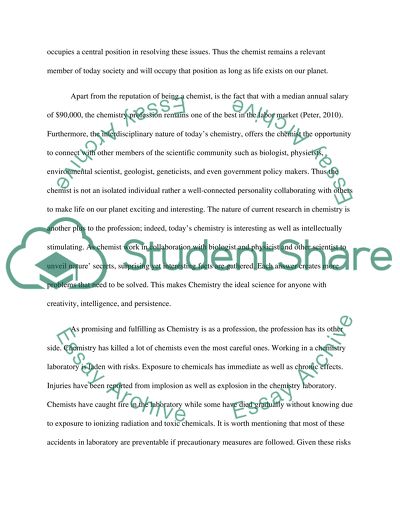Cite this document
(“Research paper on a problem pertinent to my academic major”, n.d.)
Retrieved de https://studentshare.org/family-consumer-science/1421946-research-paper-on-a-problem-pertinent-to-my
Retrieved de https://studentshare.org/family-consumer-science/1421946-research-paper-on-a-problem-pertinent-to-my
(Research Paper on a Problem Pertinent to My Academic Major)
https://studentshare.org/family-consumer-science/1421946-research-paper-on-a-problem-pertinent-to-my.
https://studentshare.org/family-consumer-science/1421946-research-paper-on-a-problem-pertinent-to-my.
“Research Paper on a Problem Pertinent to My Academic Major”, n.d. https://studentshare.org/family-consumer-science/1421946-research-paper-on-a-problem-pertinent-to-my.


